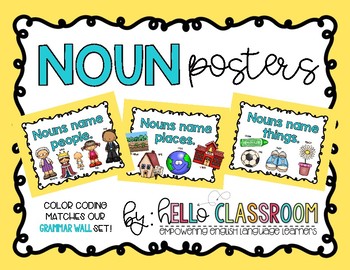
I talked to a lot of other designers with that same gripe, and so I took this old concept that I had back in college and steered it toward solving this real-world problem. And then when I was working at Gensler in Santa Monica, I was putting together a lot of presentation boards for clients and I needed a way to communicate graphically-sometimes abstract concepts, sometimes concepts as simple as a bicycle or an airport-and I just couldn’t find a library online that could provide me with the content I needed. It was just very much a concept at this point.


I noticed that they were all nouns and I started this big collection of sketches of all these different nouns.ĮB: Loose pieces of paper. I did a lot of sketches of simple objects-all different kinds of cool things that inspired me as a kid. Mother Jones: Tell me more about the origins of the projectĮdward Boatman: It was one of those ideas that kind of slowly grew over time and has lots of layers to it. The gears-not really that important.” It may seem easy, but the design sense and craft that go into, say, a beer mug icon, he says, show that someone thought “that beer, that simple object, was special.” The key, Boatman says, is “really stripping the concept to the bare essence.” A bicycle’s spokes “would just be kind of erased. The 17,000 icons to date include existing ones you may recognize from airports, hospitals, and national parks-and loads more submitted by artists from around the globe. Run by Boatman and Sofya Polyakov (they’re married), the website collects and distributes iconography for a pittance. In college, Edward Boatman was a “pretty rigorous” sketcher of simple objects like “cranes and sequoias and trucks.” As his collection grew, “I thought to myself, ‘It would be really interesting if I had a way to visually communicate every noun or concept in existence.'” Hence the Noun Project.
#The noun project images free#
Retrieved 24 April 2013.Fight disinformation: Sign up for the free Mother Jones Daily newsletter and follow the news that matters. ^ "Design Guidelines for User Submissions"."Iconathon Lets Regular Joes Design Icons For City Problems". ^ a b Jao, Carren (September 6, 2011)."The Noun Project Uncovers the Designers Behind Our Universal Symbols". "Visualizing Change: An Interview with the Noun Project". ^ "About: Creating, Sharing and Celebrating the World's Visual Language".^ "The Noun Project - Building a Free Collection of Symbols"."The Plan to Catalog the World's Visual Language". The founders envisioned the site as being primarily useful for designers and architects, but the range of users includes people with autism and amyotrophic lateral sclerosis, who sometimes favor a visual language, as well as business professionals incorporating the symbols into presentations. The attribution requirement can be waived upon payment of a nominal fee, which is split between the artist and The Noun Project. Contributors select a public domain mark or a Creative Commons attribution license, which enables others to use the symbol with attribution, free of charge. The site has four stylistic guidelines: include only the essential characteristics of the idea conveyed, maintain a consistent design style, favor an industrial look over a hand-drawn one, and avoid conveying personal opinions, feelings and beliefs.

A 2012 New York Times story profiled one of them: Luis Prado, a graphic designer at the Washington State Department of Natural Resources, who uploaded 83 icons he had created for his agency, including a pruning saw, a logging truck and a candidate symbol for global warming, which he created when he could not find one online. Operation Ĭontributors come from around the world.
#The noun project images code#
The idea for the event came from Chacha Sikes, who was at the time a fellow at Code for America. The sessions typically run five hours and include graphic designers, content experts, and interested volunteers, all working in small groups that focus on a specific issue, such as democracy, transportation or nutrition.
#The noun project images series#
The Noun Project has generated interest and new symbols by hosting a series of "Iconathons", the first of which was held in the summer of 2011. Site design was by the firm, with mentoring from the Designer Fund. The site was launched on Kickstarter in December 2010, which raised more than $14,000 in donations, with symbols from the National Park Service and other sources whose content was in the public domain. Boatman recalled his frustration while working at an architectural firm at the lack of a central repository for common icons, "things such as airplanes, bicycles and people." That idea morphed into a broader platform for visual communication. The Noun Project was co-founded by Sofya Polyakov, Edward Boatman, and Scott Thomas and is headed by Polyakov.


 0 kommentar(er)
0 kommentar(er)
